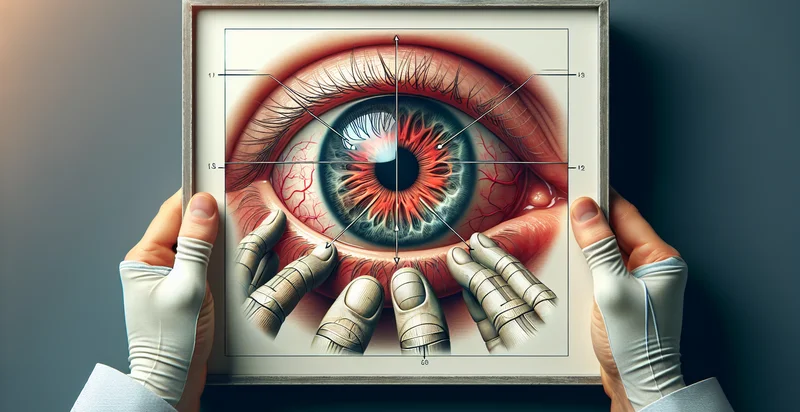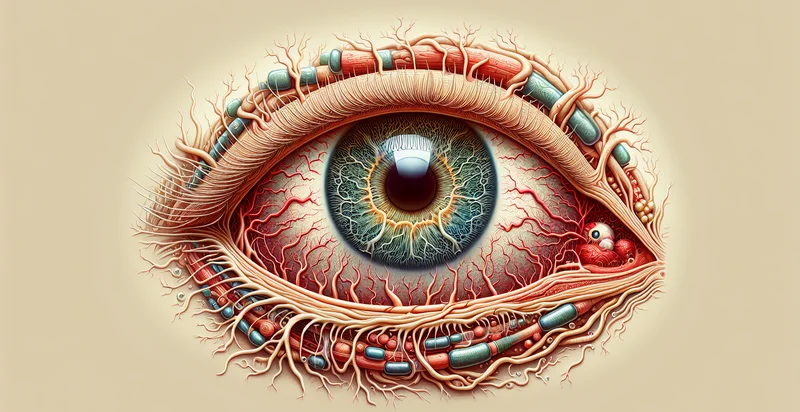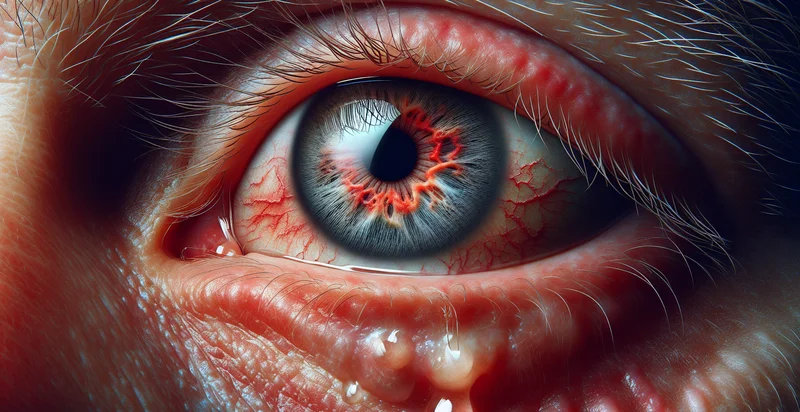Identify eye pressure
using AI
Below is a free classifier to identify eye pressure. Just input your text, and our AI will predict the level of eye pressure and its potential implications for eye health - in just seconds.

Contact us for API access
Or, use Nyckel to build highly-accurate custom classifiers in just minutes. No PhD required.
Get started
import nyckel
credentials = nyckel.Credentials("YOUR_CLIENT_ID", "YOUR_CLIENT_SECRET")
nyckel.invoke("eye-pressure", "your_text_here", credentials)
fetch('https://www.nyckel.com/v1/functions/eye-pressure/invoke', {
method: 'POST',
headers: {
'Authorization': 'Bearer ' + 'YOUR_BEARER_TOKEN',
'Content-Type': 'application/json',
},
body: JSON.stringify(
{"data": "your_text_here"}
)
})
.then(response => response.json())
.then(data => console.log(data));
curl -X POST \
-H "Content-Type: application/json" \
-H "Authorization: Bearer YOUR_BEARER_TOKEN" \
-d '{"data": "your_text_here"}' \
https://www.nyckel.com/v1/functions/eye-pressure/invoke
How this classifier works
To start, input the text that you'd like analyzed. Our AI tool will then predict the level of eye pressure and its potential implications for eye health.
This pretrained text model uses a Nyckel-created dataset and has 10 labels, including Borderline, Critical, Elevated, High, Low, Mildly Elevated, Normal, Optimal, Reduced and Severely Elevated.
We'll also show a confidence score (the higher the number, the more confident the AI model is around the level of eye pressure and its potential implications for eye health).
Whether you're just curious or building eye pressure detection into your application, we hope our classifier proves helpful.
Related Classifiers
Need to identify eye pressure at scale?
Get API or Zapier access to this classifier for free. It's perfect for:
- Medical Diagnosis Support: This function can assist healthcare providers by identifying mentions of "eye pressure" in patient records and documentation. By streamlining the processing of relevant data, clinicians can focus on the most pertinent information when diagnosing conditions related to ocular health.
- Patient Education Materials: Organizations can utilize this function to filter and categorize educational content related to eye pressure. By identifying texts that mention eye pressure, educational materials can be tailored specifically to inform patients about its implications and management strategies.
- Research Data Analysis: Researchers studying ocular conditions can employ this function to sift through vast amounts of clinical literature and trial data. By identifying relevant articles and documents that discuss eye pressure, researchers can more efficiently compile data for their studies.
- Telehealth Consultations: This function can be integrated into telehealth platforms to analyze patient inquiries and concerns about eye pressure. By identifying these mentions, healthcare providers can prioritize and address urgent cases, improving overall patient care.
- Pharmaceutical Marketing: Pharmaceutical companies can use this identifier to analyze market sentiments in discussions around medications for eye conditions. Identifying mentions of eye pressure in social media or forums allows for targeted marketing strategies and improved engagement with potential customers.
- EHR Optimization: Electronic Health Record (EHR) systems can incorporate this function to automatically tag relevant entries related to eye pressure. This would enhance the organization of patient data and improve the retrieval of specific information during consultations.
- Clinical Trials Recruitment: Organizations running clinical trials can use this function to identify potential candidates by screening mentions of eye pressure in medical histories. This can significantly streamline recruitment efforts by targeting individuals who may meet the study criteria based on their medical documentation.


